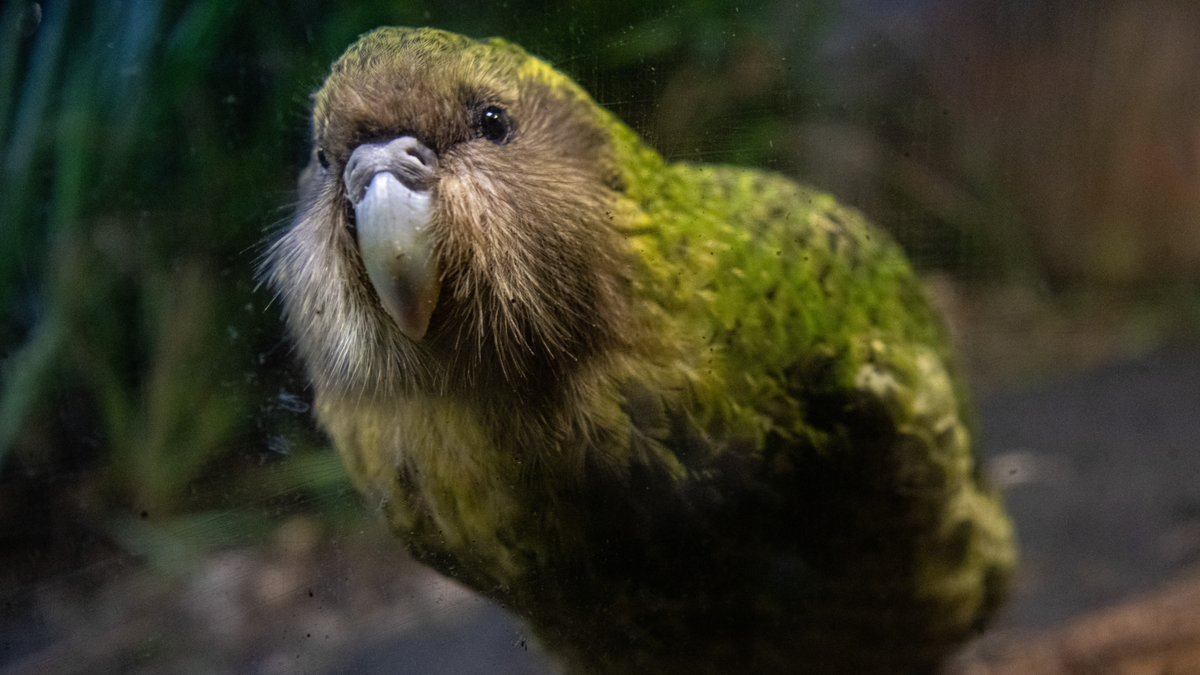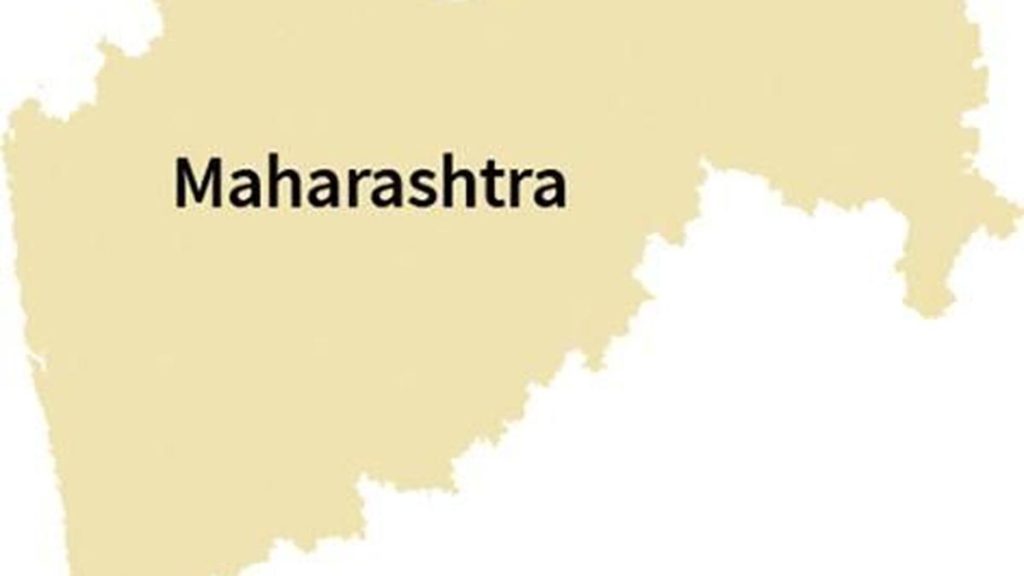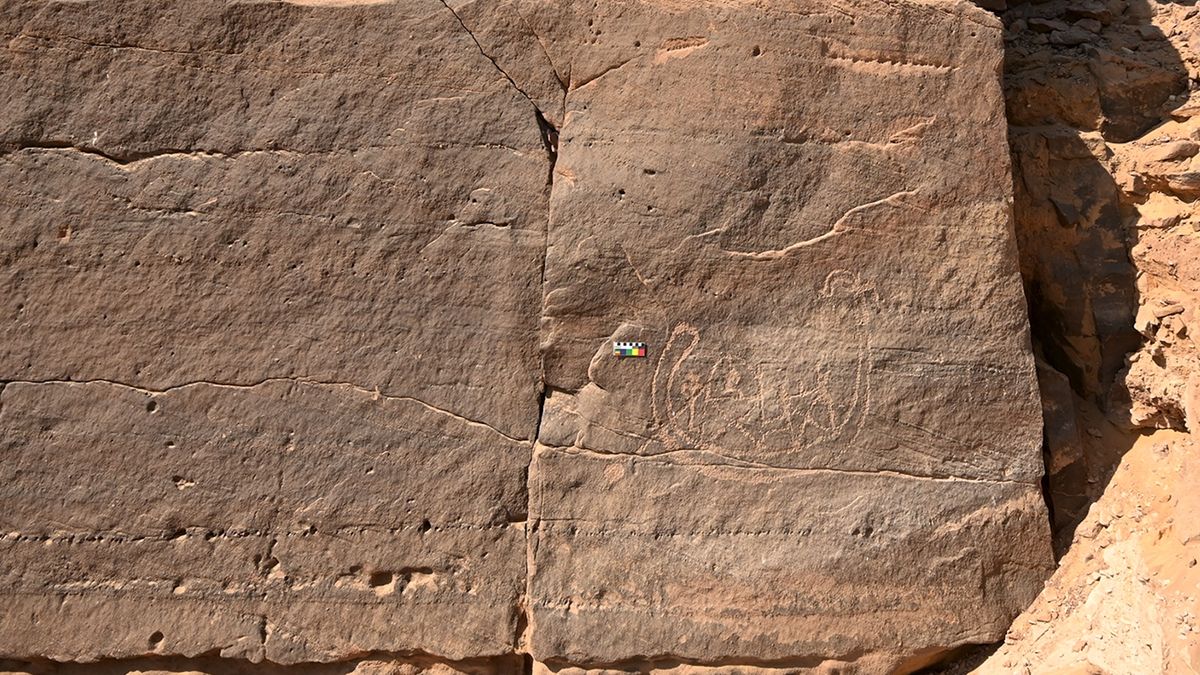Now Reading: Kākāpō: The Long-Living Parrot Defying Extinction
-
01
Kākāpō: The Long-Living Parrot Defying Extinction
Kākāpō: The Long-Living Parrot Defying Extinction

Rapid Summary
- Species: Kākāpō (Strigops habroptila), also called owl parrot; critically endangered bird found only in New Zealand.
- Habitat: Resides on Codfish, Maud, and Little barrier Islands.
- diet: Vegetarian; seasonal diet includes fruits, tubers, seeds, young shoots, leaf buds, moss and fungi.
- Physical attributes: Flightless with sturdy legs; males grow up to 25 inches (64 cm) long and weigh up to 9 pounds (4 kg). Known for emerald-green plumage that provides camouflage and a distinctive sweet scent noted by scientists.
- Lifespan and behavior: One of teh longest-living birds with lifespans up to 90 years; nocturnal habits include walking long distances and climbing trees using wings for balance.
- Breeding habits: Males attract females through “lekking,” a courtship behavior where they create bowl-shaped areas on the ground and call using low-frequency booms coupled with high-pitched “ching” sounds.
- Conservation status: Almost extinct by 1900s due to deforestation, hunting, European colonization impacts (introduced predators like rats/cats). Currently protected as being rediscovered in the 1970s; population is now approximately 242 individuals under active conservation programs.
!Image: A kākāpō seen at Orokonui Ecosanctuary
Indian Opinion Analysis
The conservation journey of the kākāpō highlights broader environmental challenges stemming from human activity such as habitat destruction and introduction of invasive species-issues that are globally relevant including in India’s own ecological landscape. India’s biodiverse regions similarly face risks related to deforestation or declines in native fauna caused by unplanned growth or agricultural pressure.
India can take cues from New Zealand’s focused approach towards preserving the kākāpō: active relocation steps combined with eradication measures targeting non-native predators helped stabilize their numbers against extinction threats. For India’s many endemic species facing similar situations-for example Bengal florican or Great Indian Bustard-this method demonstrates practical avenues for intervention grounded in science-led recovery frameworks.
The story underlying this bird serves as a reminder that integrating cultural respect (e.g., Māori language recognition) alongside scientific innovation fosters deeper care among communities impacted directly or indirectly-and should be pursued wherever possible anywhere endangered ecosystems co-exist among humans reliant economically/nutritionally upon shared landmarks bridging biodiversity life within protected effort overlaps!
Read More: LiveScience article source
























